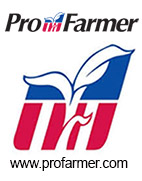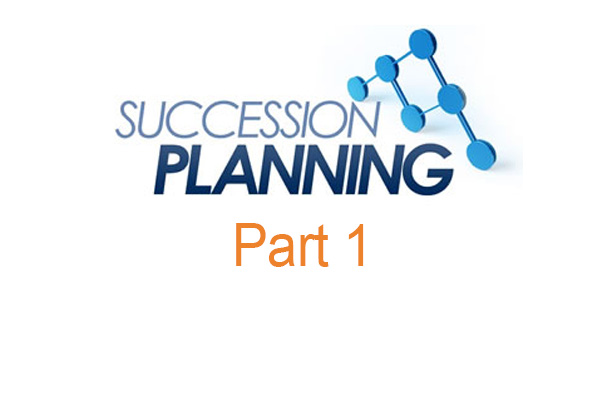Succession Planning: Key Components Your Plan May Be Missing (Part 1)
 The topic of succession planning continues to be one full of questions and confusion. In addition to ownership, you should consider two additional components when developing a succession plan for your farm.
The topic of succession planning continues to be one full of questions and confusion. In addition to ownership, you should consider two additional components when developing a succession plan for your farm.
Before we discuss the components, let’s make sure we are on the same page. Succession planning is NOT estate planning. The two are very different. Succession planning determines what transfers to whom during life. Estate planning determines what transfers to whom upon death. When done properly, the succession plan and estate plan will be done in conjunction with each other to ensure that the wishes of the transitioning owner are fulfilled and the operation does not suffer in the face of an incapacitating event – but keep in mind – they are two different planning exercises.
Once you have begun the succession planning process, the two areas that you should consider in addition to who will own the farm are: management and governance. In part one, I will discuss management.
As a transitioning owner begins to plan for a change in role and a reduction in time spent actively working on the farm, it is important to think through how management decisions and activities will be transferred. Are your heirs prepared to lead? Do they have the skill sets necessary to manage the operation? Do your heirs work well together and are they prepared to make decisions in your absence?
For many operations, this is a difficult discussion. On farm heirs are often great producers but have had limited exposure to financials, management decisions, critical relationships and other operational aspects of running the business. Therefore, a succession planning process should include a GAP analysis of critical skills that need to be filled, a process for determining if your heirs or key employees are the right people to fill them and a timeline and a development plan for ensuring successful transition.
A farm operation embarking on developing a succession plan should also have a process in place for planning, coordination of activities and communication. This is typically addressed by having an annual planning session and quarterly review meetings which allow a team to begin looking at the strategic direction of the farm, evaluating new ideas such as crop diversification and technology, and determining who will be accountable for execution and follow through of strategic activities. The annual planning process can also help a transitioning owner determine who is the best person to transition duties to based upon interest and capability.
In addition to annual planning sessions, a farm going through succession needs a platform to create and promote healthy communication and decision making. One of the best tools is the Weekly Leadership Team meeting. The weekly meeting is an agenda driven activity for the purpose of reviewing and evaluating critical farm metrics, keeping strategic activities top of mind and on track and, most importantly, identifying and solving problems.
Resistance from producers, because of the perception that it is going to take too much time for the activities that are required to prepare for a management succession, is not uncommon. If you are feeling overwhelmed or are not sure where to start, talk to producers who are engaging in these activities. You will find that most will say it is the most important time they spend in the entire week due to the amount of coordination and problem solving that occurs – overall saving them much more time than what they spent in the meeting. They may also have planning tools and agendas that they have perfected and will be willing to share.
Written by Rena Striegel, President of Transition Point Business Advisors.

Transition Point Business Advisors
4125 Westown Parkway, Suite 104 · West Des Moines, IA 50266 · Phone: (515) 225-4486
© 2024 Transition Point Business Advisors
All registered and common law trademarks are owned by Transition Point Business Advisors or their respective owners.
Disclaimer

